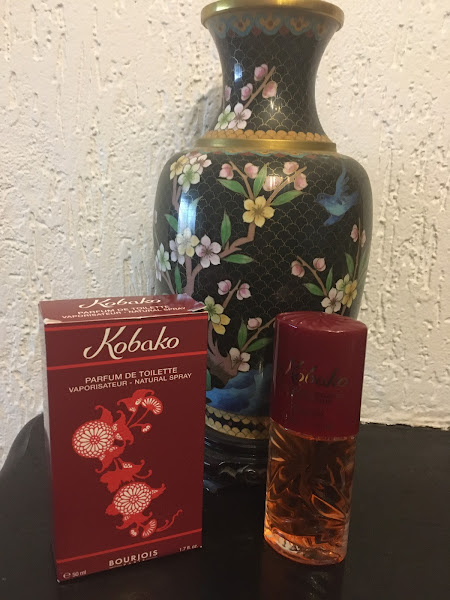There are not as many fragrances with a leading narcissus note, as I would wish, and some of the best have been discontinued, for example, Le Temps d’Une Fête Nicolaï Parfumeur Créateur and Ostara Penhaligon's. Patricia de Nicolaï's Le Temps d'une Fête is the perfect narcissus-ladden green floral to evoke spring, full of crushed leaves and grass; a fragrance so beautiful and cheerful that it will make you spin around and around humming Mendelssohn's Spring Song even when taking down the Christmas decorations.
It does bring on a little chill from the frost of March. It's the bitter, sharp synergy of galbanum and oakmoss; they have a sobering effect on the narcotic aura of the narcissus/jonquil and hyacinth heart.
photo via Pinterest from johnnyseeds.com
It is the promise of spring-time in this transitory phase in which the first buds are tentatively raising their heads beneath the still cold air, which is enough to have us on pins and needles for the full blown effect of spring's arrival. It's usually then a little spring-like fragrance is very much desired — nay, craved — when the last woolies of the winter season are finally getting their last rites, so to speak, like Le Temps d'une Fête. And when it comes...cause of celebration!
Le Temps d'une Fête is like that, exactly. The joy of living rendered through natural paint strokes of the most delicate and precious watercolors. A masterpiece of dexterity and finesse
Alas, the brand discontinued it long ago. I do hope they bring it back from the dead in a rite of eternal spring!
.jpg)











